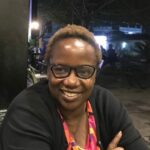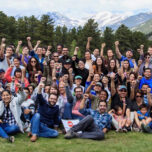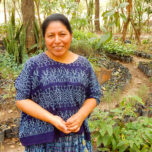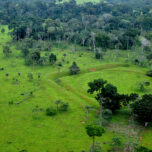July 14, 2023 — Cruising the crystal-blue waters off Mafia Island, Tanzania, you never feel alone. Boats of all shapes and sizes glide past, fishing the nutrient-rich Mafia channel. Seabirds circle overhead, looking to snag a bit of catch for their morning meal. And you may be lucky enough to catch sight of a dorsal fin cutting through the water or watch the spotted head of a famous Mafia Island whale shark bob past.
Standing by the helm of our boat with eyes set on the water’s surface is Juma Salum — a resident of Mafia, a whale shark tour coordinator and current chairman of WATONET, the Whale Shark Tourism Operators Network of Tanzania. WATONET formed in 2020 to organize and advocate for those working in the growing whale shark tourism industry on Mafia Island, often referred to as a “hidden gem” located south of Zanzibar in the southwestern Indian Ocean. Even though it’s a young organization, already its work developing a code of conduct for whale shark tours, advocating for the industry’s workers, and promoting conservation and environmental education in Mafia Island’s schools and communities has dramatically improved the island’s tourism and capacity for conservation.
The idea for WATONET was born in the early days of 2020. Salum and several tour operators approached staff from WWF — who support marine conservation in Mafia and on the mainland — for advice on how to strengthen their efforts to self-organize and grow the whale shark tourism industry on the island. Over the span of a few years — and despite the drop in tourism during the COVID-19 pandemic — the two groups worked together to create WATONET, develop a charter, and advance shared goals around conservation education and community engagement, with WWF supporting the goals set by WATONET members. To this day, the two organizations work closely to support a sustainable and equitable whale shark tourism industry.
This way of working — with conservation priorities identified and led by the people living and working with nature — must play a central role in the future of conservation. This is especially true against the backdrop of the new Kunming-Montreal Global Biodiversity Framework, which calls on governments to conserve at least 30% of land, freshwater and ocean by 2030 to halt and reverse nature loss.
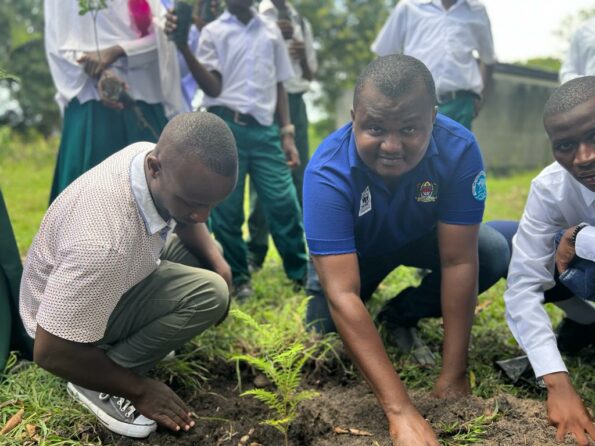
Juma Salum, the current chairperson of WATONET (pictured center in blue) at an environmental educational event on Mafia Island, Tanzania. Photo © WWF-Tanzania
Lands under Indigenous management — where Indigenous land tenure is formally recognized and where Indigenous peoples have de facto influence on land management — are estimated to contain 40% of intact natural ecosystems. Clearly, Indigenous and community-led efforts will be central to meeting the goals of the new framework. But support for Indigenous and community-led conservation has not been fully mainstreamed into the international conservation movement, in part because conservation initiatives historically were largely planned, driven and funded by people from outside those communities. While conservation has made great strides in recent decades to challenge this history and elevate community-led efforts, there is still work to do.
Many people across the global conservation community are exploring how we can more consistently and holistically help enable equitable, effective and durable community-led conservation on a broad scale. Here’s what we’re learning.
Embrace Locally Led Solutions
Embracing community-led conservation requires rethinking the interventions we use to engage communities. For example, “sustainable” or “alternative” livelihoods are often key parts of community-based conservation programs, designed to either improve the sustainability of existing enterprises or encourage enterprises that don’t rely on natural resource extraction. They are also often seen as valuable ways to build trust with and between communities. These programs often involve training people in new skills like business management and financial planning, or in how to develop new occupations, such as beekeeping or crafting. Sometimes they work, but sometimes not.
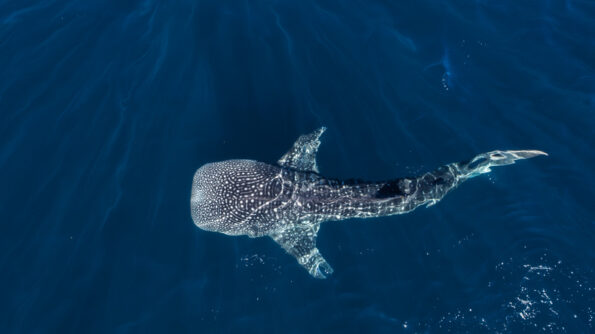
Whale shark tourism is an important industry on Mafia Island. Photo © iStockphoto.com | Beto Bormann
In the early 2000s, WWF supported a series of livelihood projects along Tanzania’s coast. Not all worked. Why? At least in part because the livelihood options introduced were not always the right fit or what people wanted. So rather than introduce more external project ideas, WWF focused on developing village community banks that enabled people — particularly women — to lend and borrow money, and to test and develop the enterprises they were interested in. More than a decade after introducing the concept in Somanga Village and on Mafia Island, there are now over 476 community banking groups along the Tanzanian coastline that enable members to develop and benefit from enterprises of their own choosing.
Value Soft Skills and Learning
Embracing community-led conservation also requires greater attention to the processes that determine what conservation goals are pursued and funded, by whom and why. It’s inevitable that tensions and trade-offs will arise as more diverse voices and values become part of decision-making. Conservation organizations will need staff who are strong in capacities that have not been traditionally prioritized — such as facilitation and conflict resolution — to ensure that those tensions and trade-offs are navigated in thoughtful and equitable ways. Mainstreaming these skills in conservation organizations might involve changing recruitment or investing more in leadership development and training.
Embracing these new kinds of collaborative processes will also require letting go of or radically transforming the tools and processes that have guided conservation planning in the past — particularly those that do not center communities on the frontlines of conservation. Real investments in organizational learning that can inform how conservation organizations can support this more collaborative planning will be essential to getting it right.
Provide Long-term Support
Collaborative planning requires not just new capacities, but also long-term support. Funders must shift away from short, one- to three-year grants timelines to longer and more flexible grants that allow time for more collaborative ways of designing and implementing conservation. Dedicating funding to support inclusive and collaborative planning processescan allow communities and external conservationists to identify shared priorities and allocate roles and responsibilities in equitable ways that enable long-term success. Providing financial support to locally led learning and advocacy networks can also facilitate peer-to-peer learning, which could help scale locally led practices and programs.
The Road Ahead
A shift to community-led conservation is a subtle but important one that centers around who has the power to decide how to protect, restore and live with nature now and into the future. The creation of WATONET and its partnership with WWF has offered valuable lessons on how to develop more equitable collaboration between international organizations and communities living and working on the forefront of environmental change. With WATONET guiding the local conservation agenda and WWF using its influence to connect local action to national and global agendas, we’re able to work toward greater collective impact.
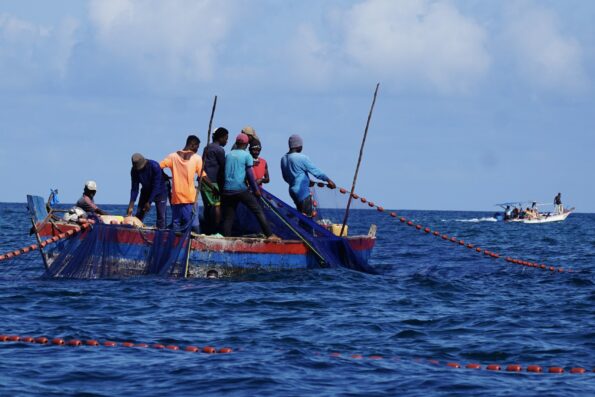
Fishers at work, as a whale shark tour boat passes in the background. Fishers, tour operators, tourists, and whale sharks co-exist in the busy Mafia channel. Photo © Shauna Mahajan / WWF-US
Enabling locally led solutions, valuing new conservation skills and capacities, and investing in inclusive approaches to planning — are critical to scaling community-led conservation. Acting on these leverage points will require agencies and funders to make real financial commitments to processes that elevate the values and aspirations of communities, and use those values and aspirations to guide global conservation agendas.
Committing to these changes has the power to transform how conservation works. And if we’re successful, we can achieve a future in which the voices, ideas and visions of those who live closest to nature are at the center of the global conservation movement. That’s a future worth pursuing.
Editor’s note: The views expressed here are those of the author and not necessarily of Ensia. We present them to further discussion around important topics. We encourage you to respond with a comment below, following our commenting guidelines, which can be found on this page. In addition, you might consider submitting a Voices piece of your own. See Ensia’s Contact page for submission guidelines.
Related Posts
Ensia shares solutions-focused stories free of charge through our online magazine and partner media. That means audiences around the world have ready access to stories that can — and do — help them shape a better future. If you value our work, please show your support today.
Yes, I'll support Ensia!

